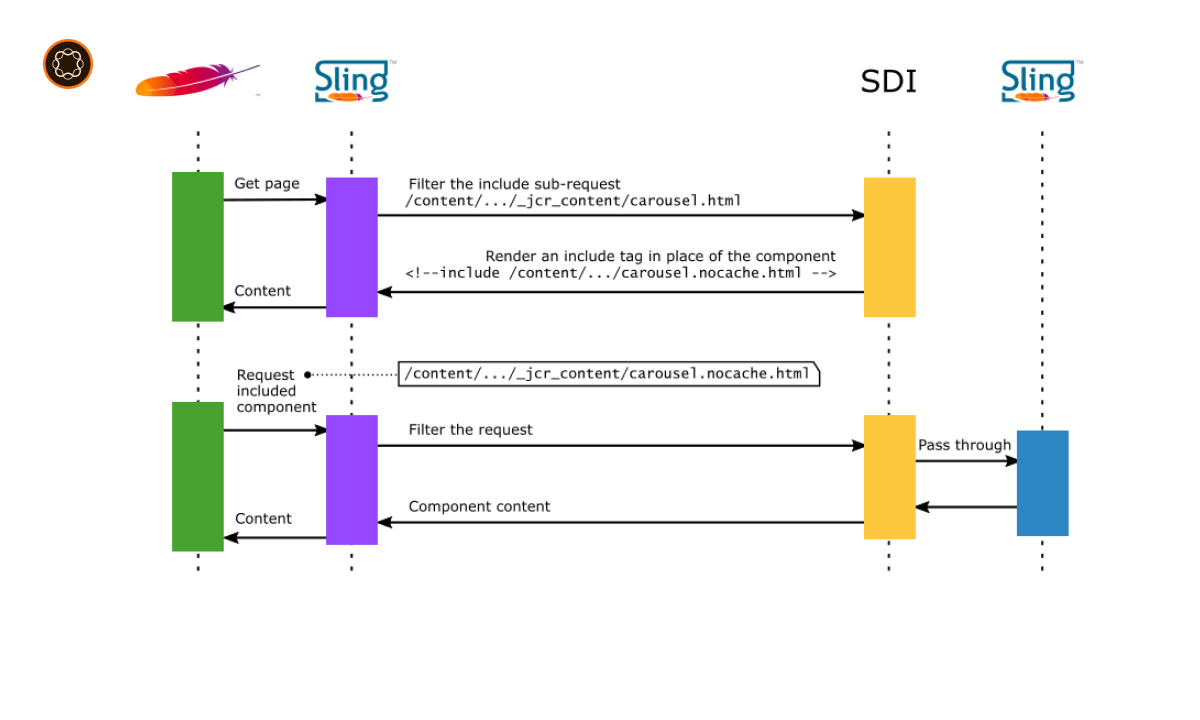In Adobe Experience Manager (AEM), an “Injection Container” is a mechanism that simplifies dependency management in an AEM project. Essentially, it automates the process of instantiating and managing objects, helping developers focus on implementing logic rather than dealing with object creation and lifecycle.
Key Takeaways
- Injection Containers in AEM automate dependency management.
- They take care of object instantiation and management.
- Sling Models and OSGi services use Injection Containers.
- They enhance code readability, reusability, and modularity.
Understanding AEM Injection Containers
Injection Containers in AEM provide a way to automate the management of dependencies in an AEM project. They do the work of instantiating and managing objects, allowing developers to focus on implementing the logic of their application rather than manually creating and managing objects. This automation improves code readability, reusability, and modularity in an AEM project.
The Role of AEM Injection Containers
Injection Containers play an important role in managing dependencies in an AEM project. They perform automatic object instantiation and management, reducing manual work and potential errors. They also improve code modularity by separating the creation and usage of an object, making it easier to swap out implementations or mock objects for testing.
How AEM Injection Containers Work
Injection Containers in AEM work by identifying the dependencies of a class and automatically providing instances of those dependencies when the class is instantiated. This process is commonly referred to as “dependency injection”. The container injects the dependencies that a class needs to function, hence the name “Injection Container”.
Using AEM Injection Containers
Injection Containers are used extensively in AEM, particularly with Sling Models and OSGi services.
- Sling Models: Sling Models are a way of mapping Sling objects to Java objects. Injection Containers are used to inject these Sling objects into the model.
- OSGi Services: OSGi services are components that provide specific functionality in AEM. Injection Containers are used to inject these services into other components that need them.

Benefits of AEM Injection Containers
AEM Injection Containers offer several benefits:
- They improve code readability by reducing clutter from manual object creation and management.
- They enhance code reusability by managing objects that can be used across different parts of an application.
- They increase code modularity by decoupling the creation and usage of objects.
Conclusion
AEM Injection Containers are a powerful tool for managing dependencies in an AEM project. They automate the process of instantiating and managing objects, improving code readability, reusability, and modularity. Understanding how to use Injection Containers can enhance a developer’s productivity and effectiveness in AEM.

I’m Kirill Efimov, an experienced AEM developer with over 10 years of experience in Java and web development. I’m skilled in developing AEM components, templates, workflows, and integrations with other systems, and I’m passionate about delivering high-quality solutions to my clients.
I also believe in knowledge-sharing and staying up-to-date with the latest developments in the industry. Through blog posts, tutorials, and speaking engagements, I’m committed to contributing to the AEM community and helping others overcome the challenges they may face in their AEM projects.